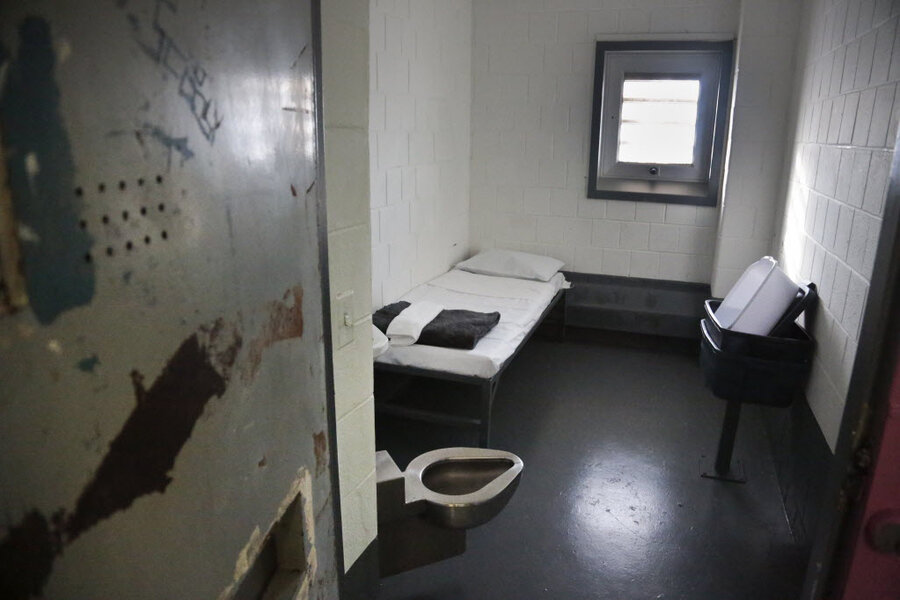US justice system looks to rein in reliance on solitary confinement
Loading...
Candie Hailey spent over three years in jail on attempted murder charges and 2-1/3 years alone in a 6-by-10-foot cell. During her time in solitary confinement, she was allowed outside for just one hour each day. Ms. Hailey had yet to even be tried.
Hailey was released last May after a not guilty verdict at trial, but she has struggled to get her life back together after the trauma of jail and solitary confinement. "I would say I've been through hell and back," she told the Associated Press. "My soul died but my body is alive."
Solitary confinement is one of the most commonly used methods to keep order and handle unruly inmates in state and federal jails across the country. But stories like Hailey's could become more infrequent. Discussion around solitary confinement is shifting, with bans and limitations on its use coming straight from the White House.
In January, President Obama announced executive actions banning solitary confinement for juveniles in federal prisons and placing restrictions on how its used for others.
"The fact that the president is saying we should end the use of solitary confinement of youth I think will be a major, major clarion call for doing so," Vincent Schiraldi, a senior research fellow at the Harvard Kennedy School of Government in Cambridge, Mass., told The Monitor's Henry Gass at the time. "And I don't think it’s a stretch to think this is the kind of practice that could infect the adult system for the better."
Obama's recent executive action prevents prison guards from putting an inmate in solitary confinement for "low-level infractions." The practice had been somewhat of a catch-all punishment, used for everything from fighting to blocking a cell window, as in Hailey's case.
The president's executive actions also limit the amount of time an inmate can spend in solitary for their first offense. Before the maximum was 365 days. Now, it will be just 60.
Juveniles aren't the only group of prisoners highlighted in reforms. Legislation in Colorado largely limits the use of solitary confinement on mentally ill inmates.
Other states have also made changes. California released hundreds of prisoners from solitary confinement last year in efforts to reduce the number of inmates held in those cells. In Louisiana, Albert Woodfox, a man who was held in solitary confinement for 40 years, was released last year.
New York City jails have made similar reforms focusing on juvenile jails and mentally ill inmates. From those efforts, they have reduced the number of inmates held in 23-hour solitary confinement from about 600 to 219 from March 2014 to the end of January 2016.
As Susan Dunn, legal director for the South Carolina chapter of the American Civil Liberties Union, told The Monitor's Mr. Gass, "[Obama's executive actions are] a way we can start, but the change at the federal level isn't going to change very much unless it’s picked up by the states."
This report contains material from the Associated Press.








